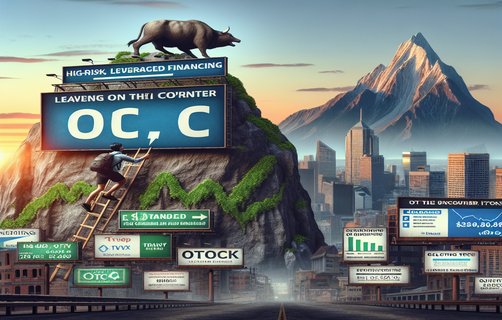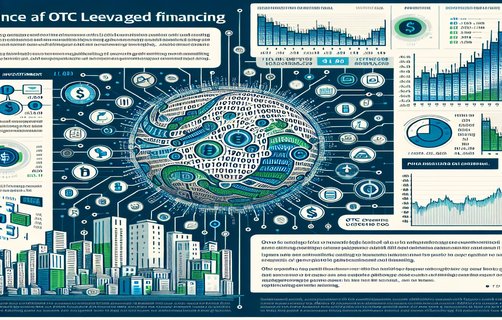
Embracing the Enigma of Risk and Reward
In today’s rapidly evolving landscape, the interplay between mystery and probability offers a fascinating canvas for decision-makers. While high stakes might suggest uncertainty, an understanding of steady returns and reward caps can create a balanced approach to managing adjustable risk. As economic models and behavioral studies indicate, calculated risks are the cornerstone of sustainable progress (Harvard Business Review, 2021).
Delving into the Dynamics of Uncertainty
The fusion of mystery with quantified probability compels us to analyze situations through a dual lens—one that appreciates unpredictability while employing statistical rigor. High stakes environments, common in emerging technologies and investment platforms, often come with the promise of exceptional gains paired with visible downtrends in results. A study by the Journal of Financial Economics (2019) has shown that systematic risk evaluation can significantly improve yield consistency.Maximizing Returns Within Limits
Reward caps provide a natural boundary that encourages disciplined risk-taking. While adjustable risk metrics allow for rapid recalibration, they also serve as safety nets by ensuring steadier returns even amid volatile market fluctuations. Policy makers and financial analysts alike have advocated for adaptive risk management strategies, citing data from the International Monetary Fund (IMF, 2020) which emphasizes resilience in financial systems.Moreover, the integration of technology with decision science has opened new avenues for recalibrating risk, ensuring that even ventures with high stakes do not spiral into uncontrollable outcomes. This synergy between human intuition and algorithmic precision underscores the necessity of a balanced perspective, where mystery fuels creativity and calculated evaluation anchors it in reality.

Interactive reflection questions are fundamental to evolving our understanding of risk. How do you perceive the balance between high stakes and steady returns? Can mystery be reliably quantified using modern analytical tools? What strategies would you propose to enhance reward systems while managing adjustable risk? These questions inspire further research and debate as industries globally adapt to ever-changing paradigms.
FAQ Section:
Q1: How can mystery contribute to decision-making in high risk scenarios?

A1: By introducing elements that challenge conventional analytics, mystery fosters innovative approaches when combined with rigorous statistical methods.
Q2: What role do reward caps play in this model?
A2: Reward caps limit potential gains to encourage a focus on sustainable, incremental improvements rather than volatile leaps.
Q3: Are adjustable risks compatible with steady returns?
A3: Yes, by recalibrating risk dynamically, decision-makers can maintain stability even under fluctuating market conditions.
Interactive Questions:
Do you think current models sufficiently embrace the unknown elements of risk?
How might emerging technologies further refine our understanding of probability and mystery?
What are your personal strategies for balancing risk with potential rewards?


Comments
JohnDoe92
I found the article's blend of theory and real-world evidence enlightening. The reference to Harvard Business Review really gave it heft!
小明
这篇文章不仅有深度,更充满创意,让我重新思考了风险与回报的平衡问题。
Emily_R
The detailed explanation on adjustable risk and reward caps is particularly useful in today’s volatile market environment.